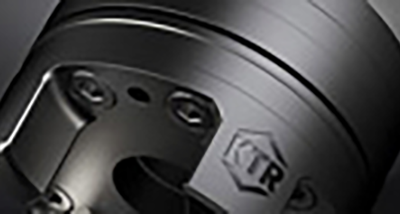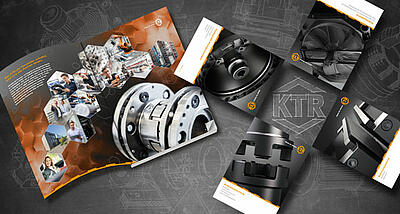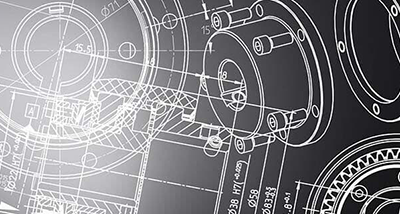In case of overload the KTR-SI FRA overload couplings uncouple driving and driven side while protecting the drive train from damages.
After eliminating the overload the KTR-SI FRA can automatically be re-engaged by reversing the direction of rotation for a short time.
As a result this version is optimally suitable for positions difficult to access. The KTR-SI FRA idle rotation and automatically re-engaging overload couplings are available as a flange type FT or in combination with the POLY-Norm flexible coupling (shaft-to-shaft connection).
The low-backlash, positive-locking ball engagement system allows for optimum overload protection for torques up to 3,000 Nm.
Applications of our idle rotation overload coupling KTR-SI FRA (safety coupling): Typical applications are, for example, crushers, agricultural machinery, conveyor systems, packaging machines, textile machines, marine applications, steel mills, extruders.
Information on selection of overload couplings:
For an accurate selection of the overload coupling latest simulation and calculation programs are available. So please advise as many data of your drive as possible.
The more accurate these data, the more accurate are the calculation results.
Make use of these options and consult with us about the application beforehand.
To make sure the overload coupling is not released with process-related torque peaks already, the shifting torque of the coupling should exceed the maximum operating torque by at least 30 % (see diagramme).
Torque limiters and overload systems that re-engage automatically should be used with reduced speed with high release torques only. Frequent or longer slipping or engaging increases wear of the safety coupling.
After the overload coupling has separated driving and driven side in case of overload, it may take some time before the drive stops due to large mass inertias in the drive train. This may generate high wear of the torque limiter and overload couplings that re-engage automatically. That is why we recommend with drives with large mass inertias or higher speeds to use the safety coupling KTR-SI as an idle rotation version.
We basically recommend electrical monitoring of the overload couplings to disengage the drive immediately in case of overload. We will be pleased to assist you with any technical questions about the selection of overload couplings.








